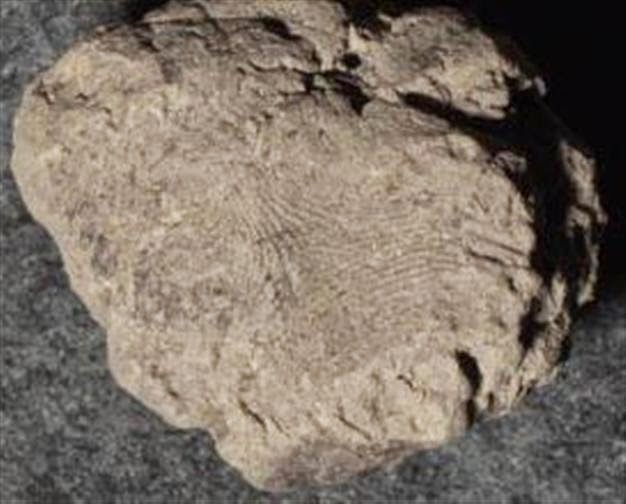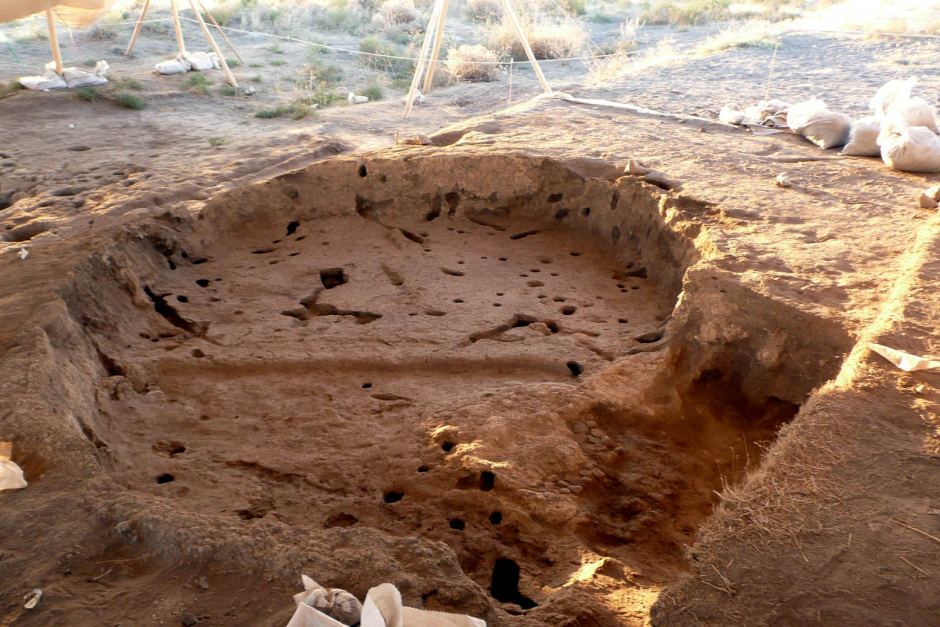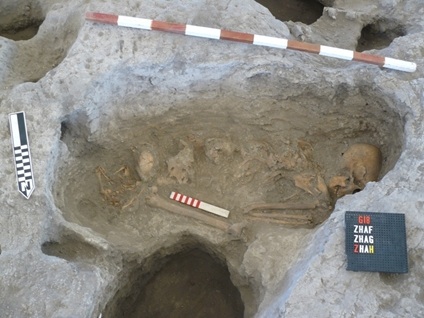It looks like you're using an Ad Blocker.
Please white-list or disable AboveTopSecret.com in your ad-blocking tool.
Thank you.
Some features of ATS will be disabled while you continue to use an ad-blocker.
19
share:
In a fascinating discovery, kiln objects bearing human fingerprints have been uncovered by archaeologists in excavations at the 10,500 year-old
Boncuklu mound near the ancient site of Çatalhöyük in modern day Turkey. The images, which were produced through Reflectance Transformation Imaging
(RTI), provide a unique connection to prehistory.
From The Archaeology News Network (via Obscuragator):
 Fingerprints on nail-sized pottery shards
Fingerprints on nail-sized pottery shards
At Boncuklu Höyük are the remains of a village of 22 buildings built upon a mound located about 6 miles from Çatalhöyük. The buildings are oval, with foundations typically sunken into the ground and walls of mud brick. Some of these buildings have yielded evidence of the oldest interior design in the world: red ochre painted plaster walls adorned with reliefs made by mounting and plastering over auroch skulls as well as raised platform floors also covered in plaster.
 Oval foundation of mud brick home. Image Credit: Boncuklu
Projectt
Oval foundation of mud brick home. Image Credit: Boncuklu
Projectt
Speaking of floors! As has been seen in other cultures, including notable Pre-Columbian Mesoamerican examples, these people had a much different relationship with their dead — burying them in pits under their floors — in this case the pits would have then be covered and plastered over.
 Burial beneath floor. Image Credit: Boncuklu
Project
Burial beneath floor. Image Credit: Boncuklu
Project
From The Archaeology News Network (via Obscuragator):

The fingerprints have been found on broken, nail-sized objects made in a kiln. The photos of the prints were published on the official website of the Boncuklu mound excavations. Their photos, which were taken with a Reflectance Transformation Imaging (RTI) technique, were then converted into 3D images. Examinations of the kiln pieces will show whether the fingerprints belonged to men, women or children.
At Boncuklu Höyük are the remains of a village of 22 buildings built upon a mound located about 6 miles from Çatalhöyük. The buildings are oval, with foundations typically sunken into the ground and walls of mud brick. Some of these buildings have yielded evidence of the oldest interior design in the world: red ochre painted plaster walls adorned with reliefs made by mounting and plastering over auroch skulls as well as raised platform floors also covered in plaster.

Speaking of floors! As has been seen in other cultures, including notable Pre-Columbian Mesoamerican examples, these people had a much different relationship with their dead — burying them in pits under their floors — in this case the pits would have then be covered and plastered over.

edit on 2014-10-26 by theantediluvian because: (no reason given)
did it make an match in the databank????????
than we have an time travveler exposed!
than we have an time travveler exposed!
edit on 26-10-2014 by ressiv because: (no reason given)
new topics
-
This should be plastered all over the airwaves
Mainstream News: 2 hours ago -
Oh, Good Gosh. “Kremlin Warns Stay Away from Greenland.”
World War Three: 4 hours ago -
Archbisop Vigano Warns of Deep State and Deep Church
New World Order: 4 hours ago -
A Flash of Beauty: Bigfoot Revealed ( documentary )
Cryptozoology: 10 hours ago
top topics
-
This should be plastered all over the airwaves
Mainstream News: 2 hours ago, 11 flags -
Fire insurance in LA withdrawn months ago
General Conspiracies: 13 hours ago, 9 flags -
Oh, Good Gosh. “Kremlin Warns Stay Away from Greenland.”
World War Three: 4 hours ago, 9 flags -
A Flash of Beauty: Bigfoot Revealed ( documentary )
Cryptozoology: 10 hours ago, 7 flags -
Archbisop Vigano Warns of Deep State and Deep Church
New World Order: 4 hours ago, 7 flags
19
